I have an aged book, printed about the Wars that the U.S. engaged in, including those with American Indians...........what is peculiar about it is that numbers are recorded for Injured persons and for the American Indians it was all documented as "0"....therefore, there were NO SURVIVORS! documented WICKED, Genocide facts.............all others people had Survivors ....more reasons why All of the American Indian tribes should move forward and document Genocide in the International Criminal Courts.........I'll be glad to present the Evidence via the book(s)!
https://www.youtube.com/watch?v=HvvZ1TEQRB8
https://www.youtube.com/watch?v=XPd9be8R5bA


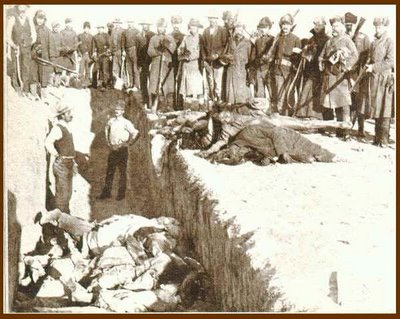
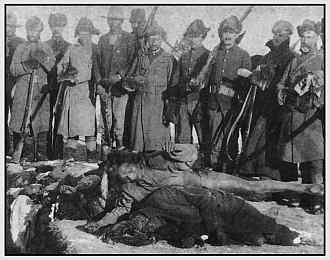

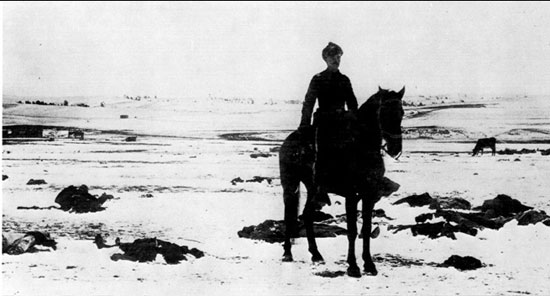
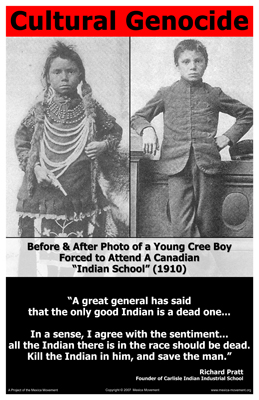
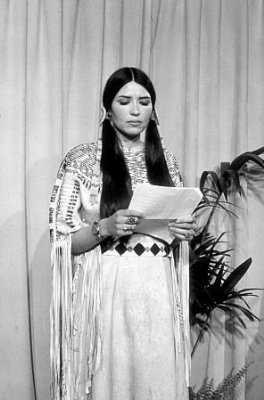
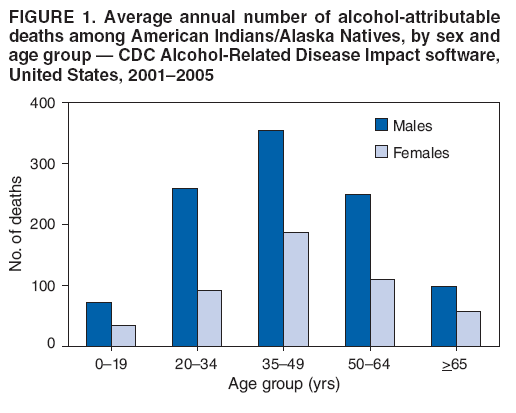



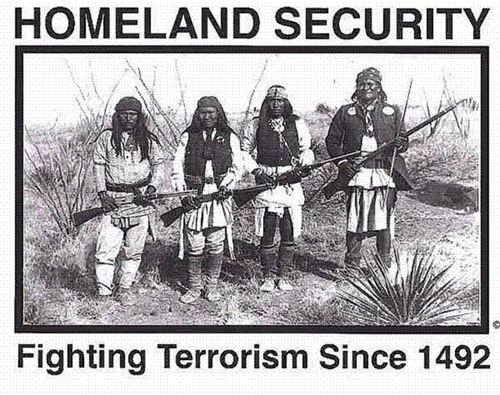
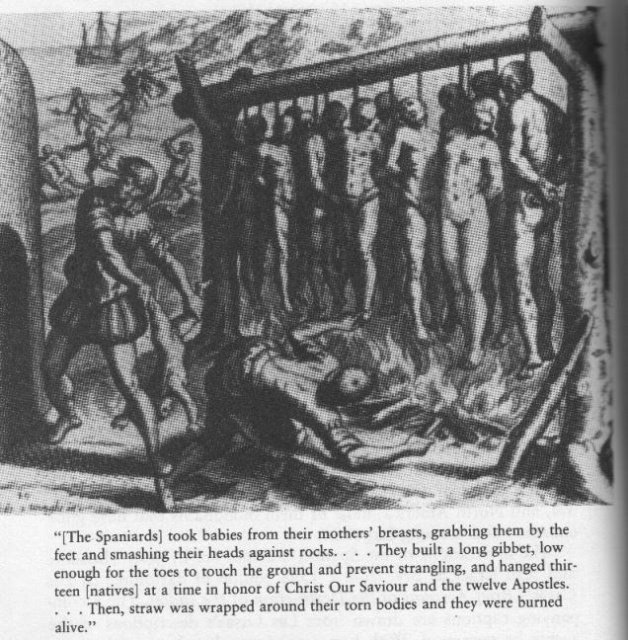
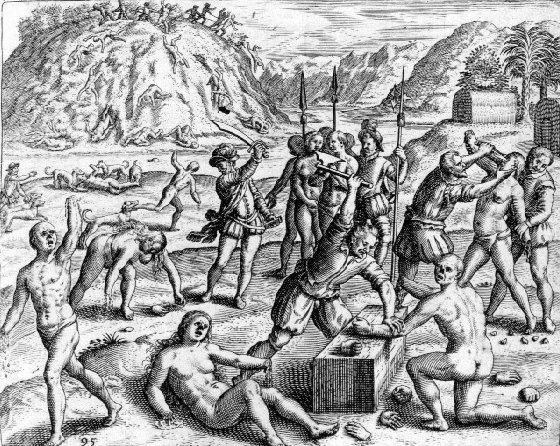


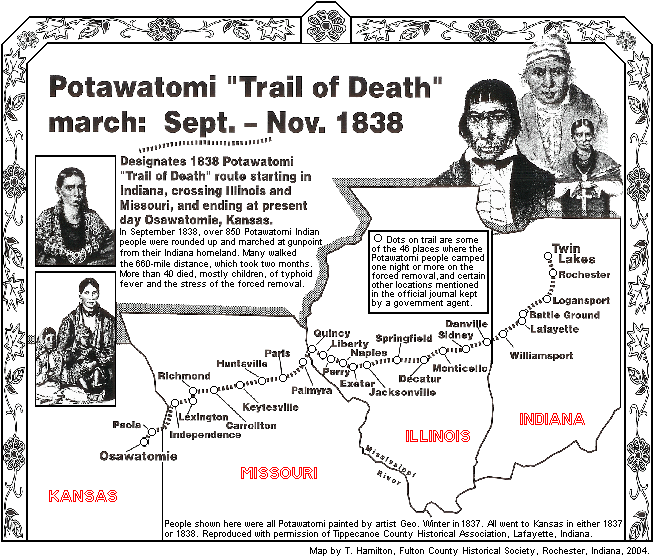


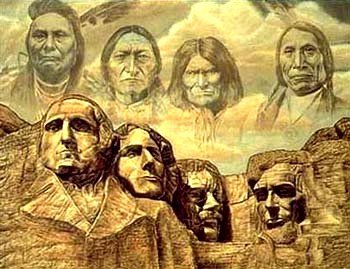
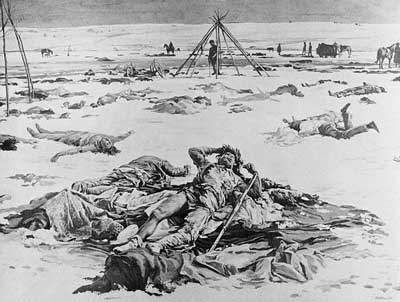
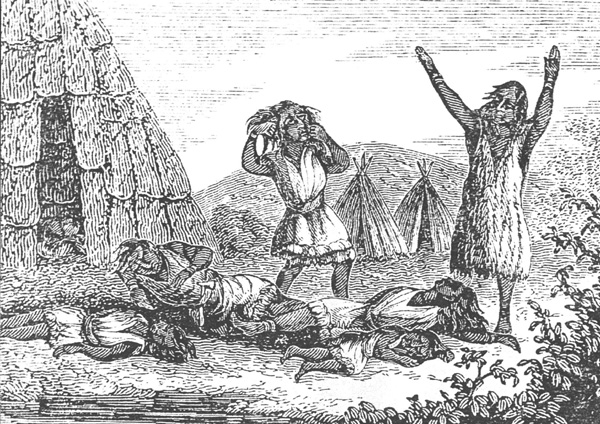
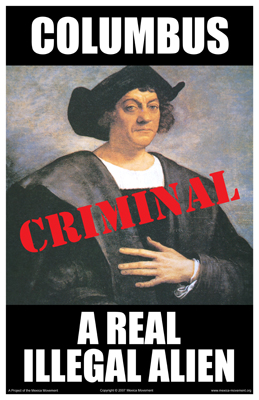

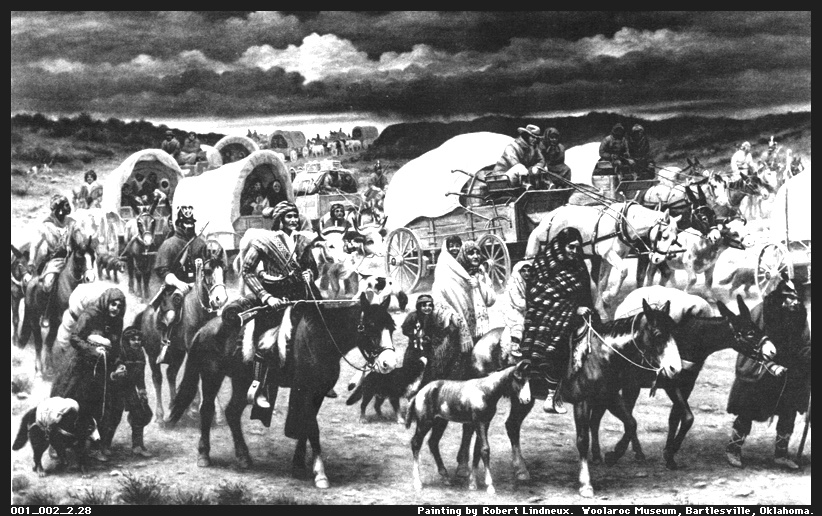
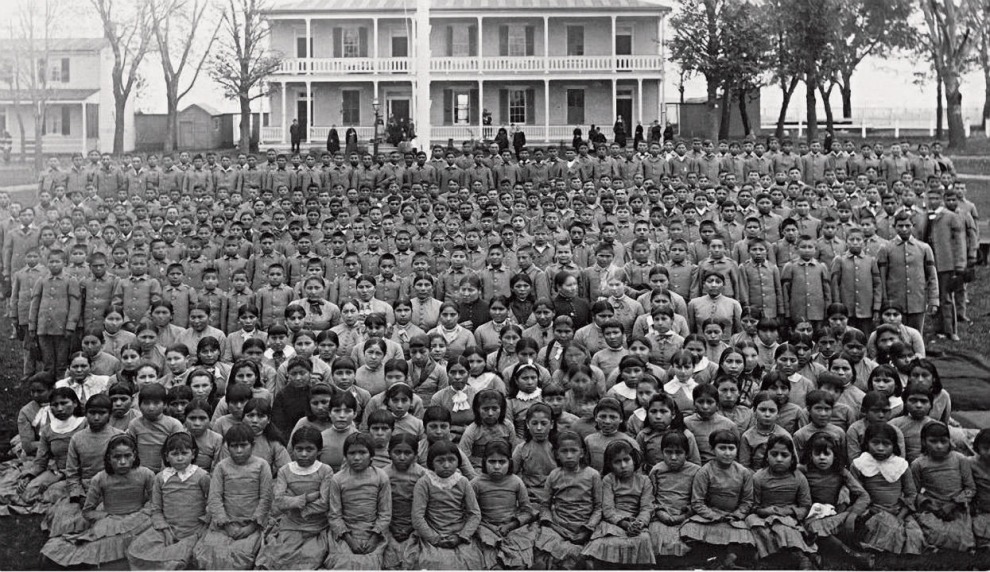


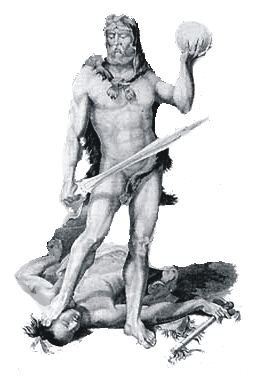
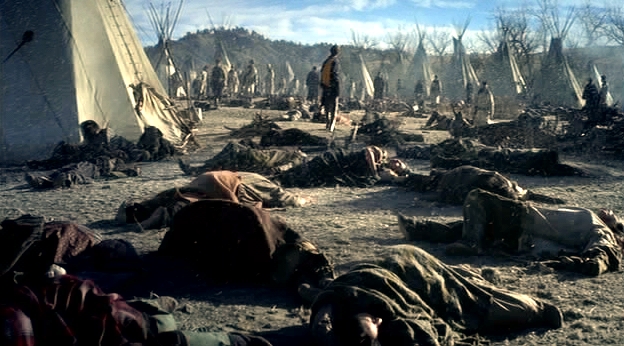
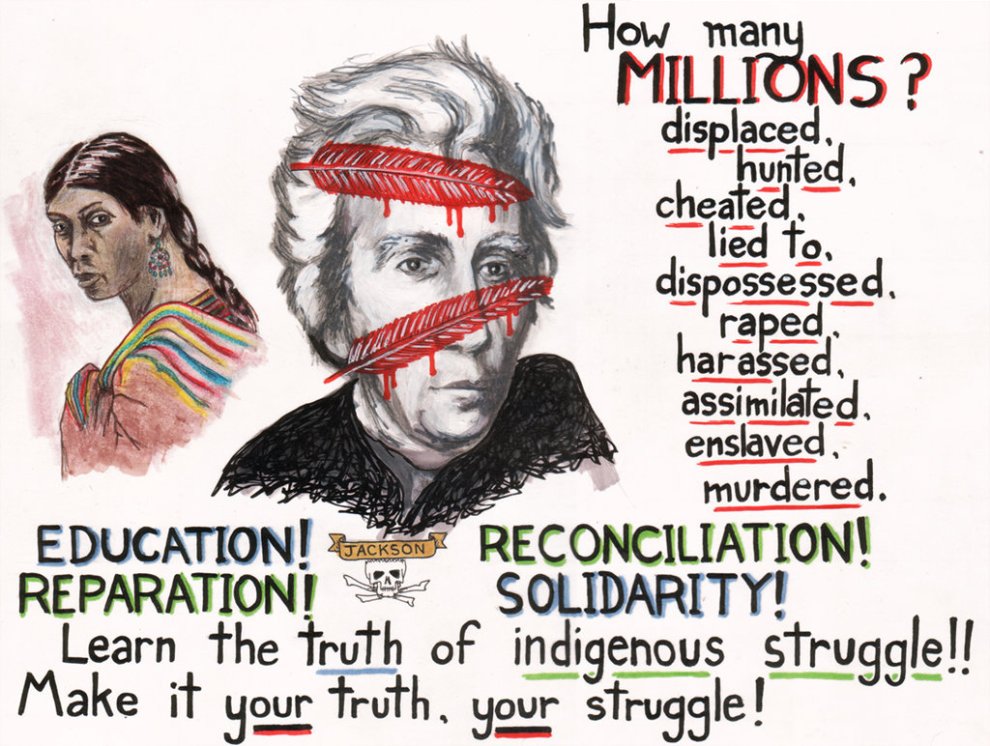
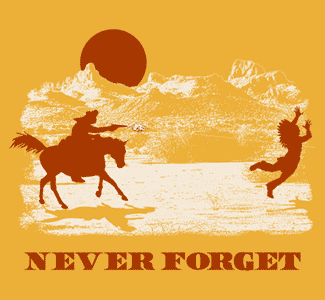

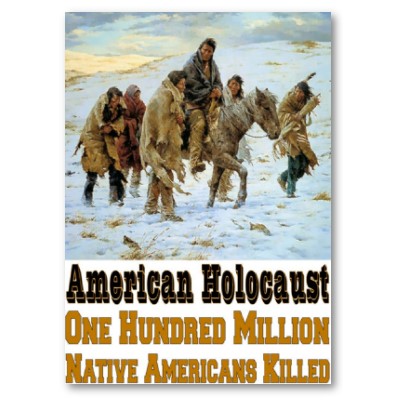
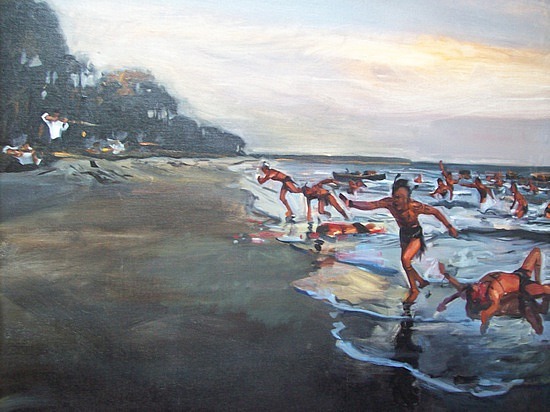
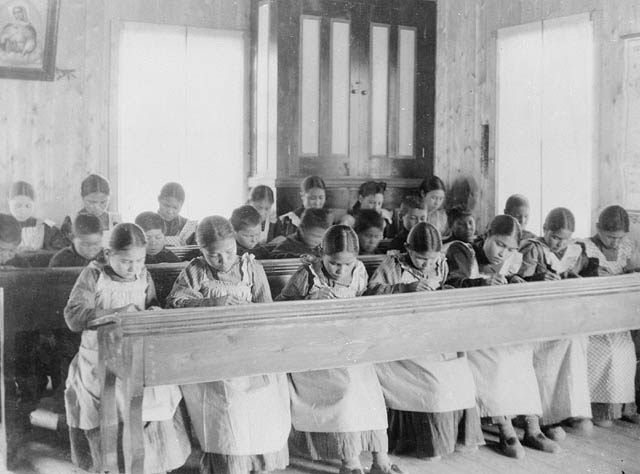
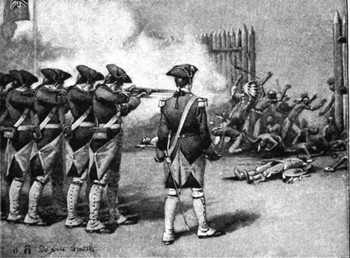


This is sooo sad there is no words to explain it. I am part cherokee, my great great grandmother was full, and i wish i could say that. Native Indians are beautiful, smart and strong people, the world needs more of them and there culture. It really makes me sick to hear that America was “free for the takeing” when they sailed here. This place belongs to Gods people, the ones that knew how to save the land and live off it. The only thing I can do is play the cards Ive been delt, have pride in the only roots I care about and try to give the world more peace!
I’m sorry to know that your family has suffered. It is quite similar for us Slavs in many regions around the world. But never to the extent in number as Native Americans. I think the best thing we can do is honor our ancestors, preserve our culture and traditions, learn everything possible and write it down. Save it and spread the knowledge. Group with others and combine this knowledge and make sure it never dies. This is how we honor those before us. This is how we pay respect for their suffering. Embrace your heritage and wear it proudly. Never let anyone take it from you. And fight them if they try. Never back down. Never surrender.
Hi I’ve just finished reading your open letter that is featured on the “Native American” genocide page. It is so wonderful that you are a proud native american woman who is not afraid to tell the world about your awesome race. I myself am a Indigenous Aboriginal woman from Perth WA who is really interested in your race and your culture. I also find that both our races have been wronged by the white man and it’s still happening to this day in my country. We have a saying in my family about the white man that they “befriend, deceive, and disposess”.
hello, i checked out the website and found the picture that has many of the native american faces (above the title “The English/American Genocide”). I like this picture alot, but i found the vertical line in the middle of the picture, probably from the folding the original paper… so I photoshopped it and took out the line from the picture. I hope you could reuse it. I uploaded it here, so you can download. cus I wanted to help.
http://www.megaupload.com/?d=PDZVZYZQ
Thank you very much for your continued readership and support, comrade! I much appreciate your efforts to help me. I’ll replace the old picture right away.
THANK YOU FOR PUBLISHING, AT LAST, THIS HORRIBLE TRUTH !
THAT IS WHY WESTERN WORLD IS CURSED !
VOILà POURQUOI L’OCCIDENT EST MAUDIT
+ BLACK SLAVERY and JEWS HOLOCAUST !
PITIFUL mAN !
that’s right. Everything that has been said on this website, really took place. It is a great pity that most non-native people today don’t even know a fraction of what happened to American Indians. It is time to awaken the collective consciousness to what was done, if we want any real change in the lives of American Indians. Only that acknowledgment will heal the wound.
Toni (Bismarck, ND)
Yes much Gratitude for the Sad but True Story,
Its OUR COLLECTIVE story and it is still continuing today. It is the Same here for the AUSTRALIAN Aboriginals.
4 Years ago these People and their lands were placed under military intervention and this Australian government under a British Constitution along with AMERICA have organized to mine; from 120 mines the uranium that their land rests upon. Please help these people acknowledge this pain and this crazy disconnection and connect with the Thrive organisation as well as the Arnhem land aboriginals / yolongu peoples http://www.ourgeneration.org.au peace and blessings to all with a conscious heart
Why hasn’t anyone looked into who orchestrated the conspiracy to kill off the natives all over the world? Why are records sealed in canada, and probably the other country’s to. Why hasn’t a list of the 50,000/60,000 children who died as a result of being infected with tuburculosis, or simply vanished. Why isn’t anyone attem,pting to check out the mass graves they are finding at some of the “schools” they are tearing down. Why don’t all the Chiefs have a summit meeting and discuss ALL OF THEIR PROBLEMS on their reserves. You must know, that there is not a single gov’t official at any level, is going to help any native to improve themselves. (Except for natives who have been appleized.) I have looked at ‘Hidden from History’ and have told people about about this genocide, but no one cares. They must have seen the propaganda movies about the atrocities committed by these savage “Injuns”.. Maybe the people who made these movies are part of the conspiracy??
It is very interesting to learn the history of how the indian civilization was destroyed.. as a living proof i have very little knowlegde of how and why we are considered to be uncivilized… I must thank the authors of this publications for a very thorough and informative piece.
Pingback: More on The Response: Did Hitler mimic the Indian reservations? « G...
i was doing research on how the native indians in michigan lived and live today i just stubbled on this site and well guess i got me a bit of history that i will not be able to share in school thank you for this bit of insight i will remember this through my life and look at american indians in a diffrent way seems sad to know the truth and not be able to share i would probley get a bad grade if i made a report on this
I really love this blog, first time on it. I hope more people read this and understand, this blog really shares the details into who are the real suffers here in this land and also that all these people that are here are complaining about immigration and there the ones who don’t belong here. WAKE UP!!!! I’d hate to be the bearer of bad news but most of us including me, we are all immigrants, the people who should leave are the ones complaining. All native people who live in there own land are living in a damn 3rd world community, stop complaining. Also Mexicans use to own and live in the western United States, so technically they were forcibly removed from there own land and we are arrogant enough to deny what we did, even though it was a long time ago. Think about it………Sorry for the rant but i needed to get that off my chest. I dont even know if i have Native ancestry here, i hope i do, i love this land and there people. I’m only 19, but one thing i want to do in my life is become a leader or influential figure for a tribes of America, that’s my dream. Thanks again to the publisher of this blog and site.